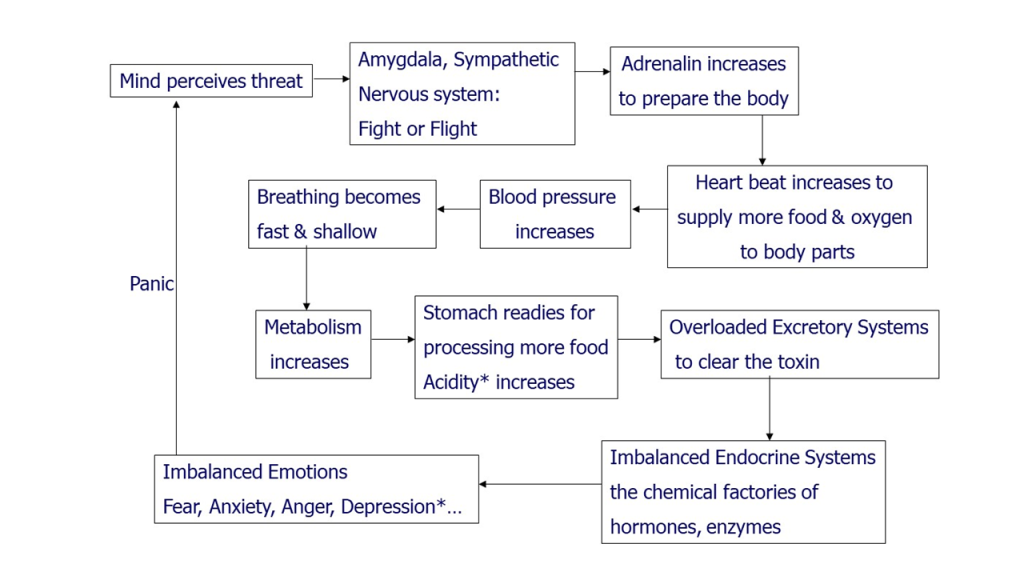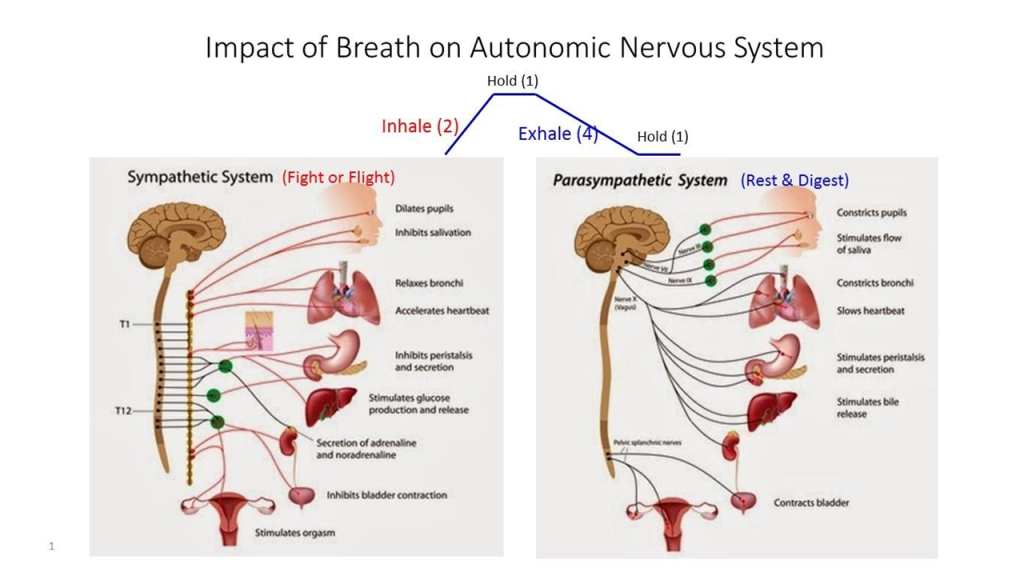In our Full Stack Leadership program and Leadership Coaching engagements, one of the common challenges we come across is about dealing with Fear. People are afraid to bring this up initially. But as we establish trust and confidentiality, being external to the organization, people open up on their vulnerabilities and personal-professional issues, beyond just the professional-professional challenges.
Courage is an important characteristic needed in any role and even more in Leadership roles, to make difficult decisions, have challenging conversations, take calculated risks, drive changes and most fundamentally, to ACT. How to develop courage? There are no trainings on Courage.
Everybody has courage, but it gets masked by fear. If we remove fear, courage is already there. Corporate environments are rife with fear. Leaders with fear create an environment of fear, stress, anxiety and tension, which doesn’t help in developing courage in others. It takes courageous Leaders to build psychological safety where other members thrive through their courage. Sometimes people mistake aggression as courage; Mostly, aggression is just another manifestation of fear – just like animals attack out of fear.
People have several kinds of fear@work – fear of failure, fear of criticism, fear of loosing face, fear of non-performance, fear of uncertainty, fear of what others might think/say about them, …..
So, how can Leaders deal with fear within themselves first? – for that, one needs to understand and address Psychology of Fear, Physiology of Fear and Anatomy of Fear.
Psychology of Fear
If we closely observe about our fear, we can notice that fear is not real; it’s a ‘false projection of the future’ by our mind. On the other hand, a threat can be real. For example, ‘a tiger in front of me’ is a threat; ‘imagination of what if a tiger comes & jumps on me’ is a fear. 90% of the time what we deal with at work (and in life) is fear, not real threats. Our mind projects into the future and our body-mind response amplifies them, as shown in the Physiology of Fear below.
The way to deal with Psychology of Fear is through Awareness – being aware that it’s not real. One simple exercise to realize and convince our mind on this, is: Reflect back into your career/life and recall some situation where you felt extremely fearful at that time and now you look at it – you may say, ‘it was not such a big issue after all’. When situations are in front of us, false amplification happens as shown in Physiology of Fear below.
Sometimes the fear could be because of some past incident during upbringing, at school or at work. Now with this enhanced awareness one can do some self-inquiry and release them consciously.
Physiology of Fear
It starts with mind perceiving threat – it can be imaginary threat as well, which is the case most of the time. Then it triggers a whole chain reaction in the body to prepare to fight or run away from the threat (fight or flight response) as shown in the diagram below.

Through the chain reaction, once the hormones are affected, it affects our moods, emotions, thinking etc. This is how the false amplification and projection happens through body-mind response to a situation – mind starts with ‘there is a problem’; then it says, ‘there is a big problem’, ‘there is a very big problem’, ….
Through this chain reaction we can also notice how fear affects our physical, mental, emotional wellbeing – the brain & nervous system, heart, blood pressure, respiratory system, digestive system, kidney, endocrine system etc.
First step to break this false projection is Awareness, realistic assessment of the situation, so that mind does not trigger the negative chain reaction. Meditation helps to create calm & balanced mind and reduce false amplifications.
Second best step to break this chain reaction is breath – changing the breathing pattern breaks this cycle. Through neuroscience we know that inhale is connected to sympathetic nervous system (which excites all the body functions) and exhale is connected to parasympathetic nervous system (which relaxes the body functions) as shown in the below picture. Uneven breathing – normal inhale and longer exhale, breaks the negative chain reaction of the fear and brings a more balanced view of the situation. Whenever we are getting into an anxious situation, if we change our breathing to this uneven breathing – normal inhale and longer exhale, we can instantly feel the change.

Anatomy of Fear
If we become sensitive and observe our body, we can notice that different emotions are felt at different parts of the body. Fear is felt at the naval region – Solar Plexus, Manipura Chakra in Yogic Sciences. You might have experienced the butterfly feeling in the stomach.
Daily rubbing/massaging around the naval region strengthens the Manipura chakra. Another powerful technique is Deep Abdominal Breathing. If we observe sleeping babies, we can notice how they do deep abdominal breathing. As we grow up with too much focus on outside world, stress and anxieties, we develop shallow chest breathing. Daily Deep Abdominal Breathing for some time as well as whenever we feel anxious/fear, will reduce the tendency of fearfulness. Combination of Deep Abdominal Breathing and Uneven Breathing (longer exhale) is even more beneficial.
There are some powerful Yogic practices like Kriya Yoga which bring great transformation at Energy level (Chakras & Naadis) – one can explore & practice them (For example, Sri M’s Kriya Yoga https://satsang-foundation.org/the-founder-sri-m/ )
Apart from the above mentioned strategic, systemic transformations, below are some tactical tips to deal with Fear which I have found useful:
- Consciously staying positive and optimistic
- Taking a step back and looking at the big picture – ‘what is the worst that can happen?’
- Trying out smaller steps, experimenting to gain confidence
- Getting into action, rather than just thinking about it
- …
Leadership Courage is an essential trait needed to navigate the VUCA (Volatile, Uncertain, Complex, Ambiguous) world effectively. These strategies can help Leaders to enhance their courage and create a conducive environment for their people to lead with courage.





